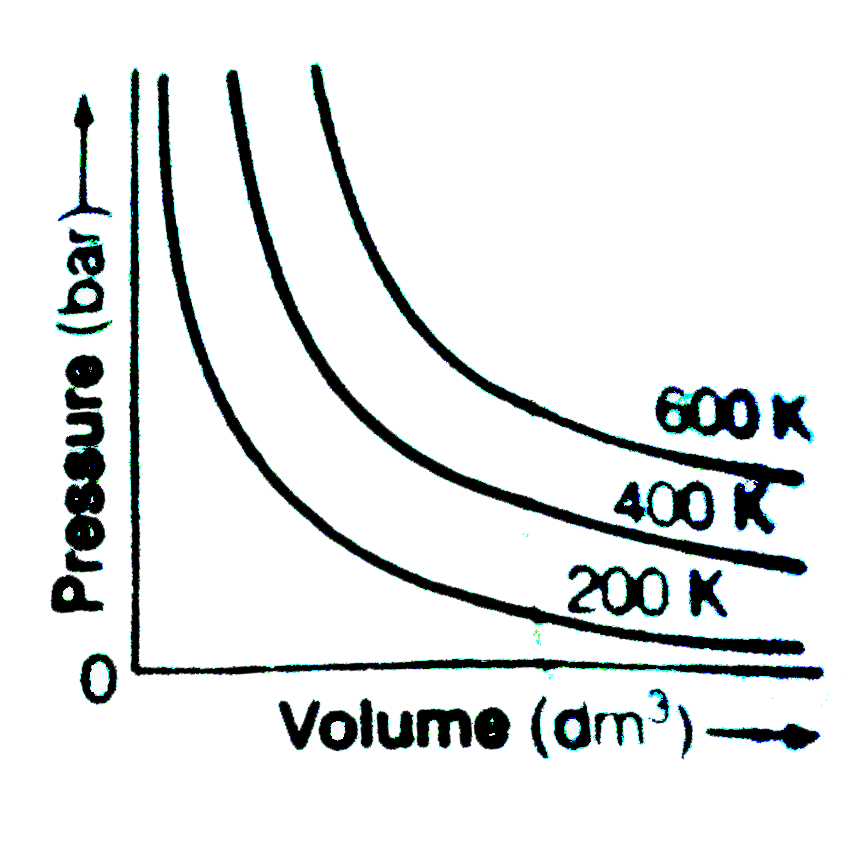What is the entropy change in 2 mol N2, when its temperature is taken from 400 K to 800 K, at constant pressure-Solution in Bengali
30J/K
60J/K
40J/K
20J/K
The correct Answer is:C
ΔS=nCPlnT2T1=2×72R×ln800400=40J⋅K−1
Topper's Solved these Questions
- BOOK - CHHAYA PUBLICATIONCHAPTER - CHEMICAL THERMODYNAMICSEXERCISE - MCQ HOTSPOT (SINGLE CORRENT TYPE)71videos
CHEMICAL THERMODYNAMICS
- BOOK - CHHAYA PUBLICATIONCHAPTER - CHEMICAL THERMODYNAMICSEXERCISE - VERY SHORT TYPE QUESTIONS53videos
CHEMICAL THERMODYNAMICS
- BOOK - CHHAYA PUBLICATIONCHAPTER - CHEMICAL THERMODYNAMICSEXERCISE - HIGHER ORDER THINKING SKILLS (HOTS) QUESTIONS20videos
CHEMICAL THERMODYNAMICS
- BOOK - CHHAYA PUBLICATIONCHAPTER - CHEMICAL KINETICSEXERCISE - EXERCISE (NUMERICAL PROBLEMS)37videos
CHEMICAL KINETICS
- BOOK - CHHAYA PUBLICATIONCHAPTER - CHEMISTRY IN EVERYDAY LIFE EXERCISE - PRACTICE SET 1515videos
CHEMISTRY IN EVERYDAY LIFE
Similar Questions
The equation of state for 'n' mol of an ideal gas is PV=nRT. In this equation, the respective number of intensive and extensive properties are-
01:10View Solution(i) Which type of system does not interact with its surroudings?
(ii) Classify the following systems into open, closed and isolated sysstem: (a) a plant (b) certain amount of a liquid enclosed in a container with rigid, impermeable and adiabatic wall.02:18View SolutionThe results obtained by applying the mathematical form of the first law of thermodynamics for different process are given below. Identify the process (w=P-V work only): ΔU=0,q+w=0
06:32View Solution2A→4B+D , in this reaction, concentration of B increases to 2×10−3mol.L−1 after 10s from the start of the reaction . Calculate : rate of formation of B
03:19View SolutionWhich will not enhance nutritional value of food-
View SolutionThe change in entropy of the system moles of a diatomic ideal gas is heated from 400 K to 800 K under constant pressure:
View SolutionThe entropy change for cooling 1.6 g of an organic compound (mol. Wt. 32, molar heat capacity at constant pressure, 59 JK^(-) mol^(-) ) from 1000 K to 800 K is :
07:30View SolutionThe variation of pressure with volume of the gas at different temperatures can be graphically represented as shown in figure. On the basis of this graph answer the following question.
(i) How will the volume of a gas change if its pressure is increased at constant temperature ?
(ii) At a constant pressure, how will the volume of a gas change if the temperature is increased from 200 K to 400 K ?
 02:27View Solution
02:27View SolutionWhat is the activation energy (KJ/mol) for a reaction if its rate constant doubles when the temperature is raised from 300 K to 400 K ? (R=8.314 J mol−1K−1)
01:55View SolutionThe entropy change accompanying the heating of one mole of helium gas, assuming ideal behaviour, from a temperature of 250 K to a temperature of 1000 K at constant pressure, in cal K^(-1) "mole"^(-1) , is (ln10 = 2.3, log2 = 0.3) (R = 2 Cal mol^(-1) K^(-1))
03:51View SolutionWhat happens to the pressure of a sample of helium gas if the temperature is increased from 200 K to 800 K, with no change in volume?
02:16View Solutionwhat is the activation energy for a reaction if its rate doubles when the temperature is raised from 200 K to 400 K ?
03:52View SolutionAt a constant volume, a quantity of an ideal gas has a pressure of 800 mm Hg at 300 K. At what pressure, the temperature will be halved ?
02:50View SolutionThe ratio between the most probable speed of N_(2) at 400 K and CO at 800 K is (molar mass of N_(2)=28 " g mol" ^(-1) , molar mass of CO=28 " g mol "^(-1) )
01:06View SolutionThe variation of pressure with volume of the gas at different temperatures can be graphically represented as shown in figure. On the basis of this graph answer the following question. (i) How will the volume of a gas change if its pressure is increased at constant temperature ? (ii) At a constant pressure, how will the volume of a gas change if the temperature is increased from 200 K to 400 K ?
03:12View Solution

